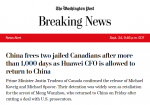Continued.....
China does not willingly publicize the fact that Australia has succeeded in defying Chinese efforts to compel obedience via its trade war with Australia. It was more than a loss, the successful Australian defiance was an example of how other nations could survive this kind of Chinese pressure. Australia found other markets for the coal exports that were long monopolized by China. The major advantage Australia has as a supplier of raw materials is that the Australians are more efficient and reliable than the alternatives. For example, China gets about 60 percent of its iron ore from Australia. Another potential major supplier, Brazil, has proved much less reliable, as well as much farther away. Even more risky are African suppliers. China has spent billions investing in the West African state of Guinea to develop the iron ore deposits found there. These will not replace all the Australian imports but will give China some ammunition in its campaign to force Australia to adopt pro-China policies and attitudes. So far, this effort has not turned out well for China. For example, a late 2020 effort to increase the economic pressure on Australia by refusing to accept coal they had ordered because of “quality” problems backfired. There were no quality problems but there is over half a billion dollars’ worth of Australian coal stuck on 57 ships waiting for either side to back down. When other buyers for the stranded Australian coal showed up, and China was unable to scare them off, the Chinese knew they were beaten. They would not admit it but at least lowered their media animosity towards Australia and increased the tonnage of iron ore bought from Australia because there is no other supplier so close and so capable of providing what the Chinese cannot afford to lose.
China is also angry at Australia for cracking down on Chinese espionage and influence operations inside Australia. Then there is the Australian criticism of, and active opposition to Chinese claims in the South China Sea. China is still Australia’s largest trading partner, accounting for over 30 percent of imports and exports. Australia still has a favorable trade balance with China as China bought far more (mainly raw materials) from Australia than the other way around. China accounted for 85 percent of the positive Australian trade balance and that has been going on for decades. This has made Australia immune to all the global economic recessions since the 1990s and given the Australian GDP and standard-of-living an unprecedented period of growth. Australia has found that this favorable situation came at a price. China expected Australia to do whatever China wanted. When Australia stuck with the United States over illegal Chinese trade practices, China decided to teach Australia a lesson about who was in charge in the West Pacific.
Australia is not alone when it comes to Chinese economic pressure. Most of China’s neighbors have had a taste of this and that played a role in the formation of a local coalition opposed to the Chinese efforts at domination. This is a problem for China because this coalition does have the military capability to block Chinese forces. That coalition includes the United States, Australia, Japan and South Korea and several other local nations. Australian SSNs would greatly increase the risk of China suffering major economic damage if Chinese demands and threats act on similar threats to neighbors. For the moment it is a war of words and economic attacks and it’s up to China to escalate that to open warfare. That plan is being defied by unexpected defiance by South Korea, Japan and even Vietnam. Australia is the first of the local defiants to add nuclear capabilities to their military. South Korea and Japan make not secret of the fact they could do the same and do it quickly without any outside help;
September 9, 2021: The Chinese leader had a 90-minute call with his American counterpart and refused the offer of a face-to-face meeting to work out the growing list of disagreements. The Chinese leader has not left China since the covid19 lockdowns in early 2020. The Chinese leader did demand that the U.S. adopt a less strident attitude towards China. That meant less criticism of Chinese activities in the South China Sea and other territorial disputes. Chinese state-controlled media reported that the call, which was requested by the Americans, was evidence that China was now the dominant superpower and would act like one.
September 8, 2021: China threatened to send warships into U.S. territorial waters (within 22 kilometers of land) because an American destroyer conducted another FONOP (freedom of navigation operations) in the South China Sea today near an artificial island China insists is now part of China. On September 1st China declared that its March 2021 law on access to the South China Sea was now in effect. The new law mandates foreign ships must register with China and obtain a permit before they enter the South China Sea. Those who fail to register would be subject to unspecified punishment. With this law China is seeking to gain some official recognition of its claims which will make it easier for China to claim any violation is the equivalent of violating territorial waters, which is considered trespassing by international agreements and many nations open fire first before trying to find out if the interloper knows where they are.
China is also exercising control in places with no access to the ocean. Today the Russian national security advisor arrived in India to confer with his Indian counterpart and later announced that both countries agreed on the danger Taliban control of Afghanistan is to the region and called on Pakistan to halt its support for the Taliban and halt its support for other Islamic terrorist groups. Russia had tried to improve its relations with Pakistan but found China had a veto on who Pakistan could play with. China is better insulated from any Islamic terrorism the Taliban seek to export. China has also been more successful at keeping the Afghan heroin and opium out. Russia reacted in other ways to the new Afghan threat and announced joint military exercises between Russian forces and those of the three new nations Tajikistan, Uzbekistan and Turkmenistan that now border Afghanistan plus Kyrgyzstan, which borders China and Tajikistan. Russia has maintained close military, economic and diplomatic ties with the “stans” who are suffering from the Afghan drug cartels that used their countries as markets for the drugs as well as a smuggling route to other parts of Eurasia. Now more Islamic terrorists from Taliban Afghanistan will be added. Russia and the stans bordering Afghanistan also stand ready to support the armed opposition to the Taliban, just like before. That cooperation has apparently already begun, without any official announcements or consultation with China.
The Taliban need support from Pakistan and especially China. Pakistan has become an economic vassal of China and gains powerful support in the UN and against international criticism for supporting Islamic terrorism. China is offering the same arrangement to the Taliban government but most Taliban factions oppose being in the pay of the Chinese. Up until now China had accepted Pakistani assurances that Pakistan would continue to control the Taliban leadership after the Taliban replaced the elected government. China was aware of the Taliban disunity over Pakistani influence and Pakistan sent the head of ISI to Kabul to deal with how this was interfering with the formation of a Taliban government. ISI is military intelligence, that part of the Pakistan military directly responsible for supervising the influx of Afghan refugees in the 1980s, and came up with the idea for creating the Taliban. ISI was also in charge of telling the Americans what they wanted to hear to keep the billions in American military aid coming to Pakistan. This hustle took over a decade to start coming apart and for the last few years Pakistan became an official “supporter of international terrorism” and near bankruptcy because of overdependence on loans from international agencies, Arab oil states and China. All those sources have stopped lending because they believe Pakistan cannot repay those loans. Pakistan needs a clear win in Afghanistan and they are not getting it. The ISI plan has become a shaky house of cards but the new Taliban government was dominated by pro-Pakistan Taliban. The anti-Pakistan Taliban leaders were denied positions in the government they believed they were entitled to. That risks the anti-Taliban factions resuming their violence against Pakistani interests in Afghanistan. If that happens, Chinese investments are not going to happen.
September 1, 2021: North Korean leader Kim Jong Un now appears to be following advice from China, although China has not resumed all aid shipments, especially desperately needed food. Until recently China regularly and often openly criticized Kim for not adopting economic and political policies that have worked in China. Kim is no longer denouncing or simply ignoring Chinese advice that would lead to a more open and free economy as well as a more rational spending policy. There are still disagreements over the North Korean nuclear and ballistic missile program. China wants to avoid North Korea ending up like the Soviet Union and other East European communist governments three decades ago, especially since most of those former communist police states are now democracies and either members of NATO or working to get in. Kim Jong Un, like the rest of the Kim dynasty, wants North Korea to become self-sufficient and independent of any foreign powers, especially Japan and China. because that has long been important to Koreans in general, especially when it comes to “Big Brother” China. Covid19 and continued economic pressure from China and the United States may have done what was long considered impossible and turned North Korean leaders into more rational rulers. For North Korea to receive aid from China and remain in China’s good graces, Kim Jong Un must obey the Elder Brother, something South Korea refuses to do because of its much stronger economy, military and democracy. That is something that scares both China and North Korea.
China does not willingly publicize the fact that Australia has succeeded in defying Chinese efforts to compel obedience via its trade war with Australia. It was more than a loss, the successful Australian defiance was an example of how other nations could survive this kind of Chinese pressure. Australia found other markets for the coal exports that were long monopolized by China. The major advantage Australia has as a supplier of raw materials is that the Australians are more efficient and reliable than the alternatives. For example, China gets about 60 percent of its iron ore from Australia. Another potential major supplier, Brazil, has proved much less reliable, as well as much farther away. Even more risky are African suppliers. China has spent billions investing in the West African state of Guinea to develop the iron ore deposits found there. These will not replace all the Australian imports but will give China some ammunition in its campaign to force Australia to adopt pro-China policies and attitudes. So far, this effort has not turned out well for China. For example, a late 2020 effort to increase the economic pressure on Australia by refusing to accept coal they had ordered because of “quality” problems backfired. There were no quality problems but there is over half a billion dollars’ worth of Australian coal stuck on 57 ships waiting for either side to back down. When other buyers for the stranded Australian coal showed up, and China was unable to scare them off, the Chinese knew they were beaten. They would not admit it but at least lowered their media animosity towards Australia and increased the tonnage of iron ore bought from Australia because there is no other supplier so close and so capable of providing what the Chinese cannot afford to lose.
China is also angry at Australia for cracking down on Chinese espionage and influence operations inside Australia. Then there is the Australian criticism of, and active opposition to Chinese claims in the South China Sea. China is still Australia’s largest trading partner, accounting for over 30 percent of imports and exports. Australia still has a favorable trade balance with China as China bought far more (mainly raw materials) from Australia than the other way around. China accounted for 85 percent of the positive Australian trade balance and that has been going on for decades. This has made Australia immune to all the global economic recessions since the 1990s and given the Australian GDP and standard-of-living an unprecedented period of growth. Australia has found that this favorable situation came at a price. China expected Australia to do whatever China wanted. When Australia stuck with the United States over illegal Chinese trade practices, China decided to teach Australia a lesson about who was in charge in the West Pacific.
As a result, Australia and China engaged in a major power dispute. China tried using trade restrictions (reducing purchases from Australia) to coerce Australia. Even though China is the largest customer for Australian exports, this coercion was not well received in Australia. One response from Australia was to repeat its accusations that Chinese claims in the South China Sea are illegal. At the same time Australia acknowledges that China has militarized its bases in the South China Sea and that makes it riskier for foreign warships that carry out FONOPS (Freedom Of Navigation Operations) there. Australia has increased its military spending because of the growing threat of attack by China.Australia is not alone when it comes to Chinese economic pressure. Most of China’s neighbors have had a taste of this and that played a role in the formation of a local coalition opposed to the Chinese efforts at domination. This is a problem for China because this coalition does have the military capability to block Chinese forces. That coalition includes the United States, Australia, Japan and South Korea and several other local nations. Australian SSNs would greatly increase the risk of China suffering major economic damage if Chinese demands and threats act on similar threats to neighbors. For the moment it is a war of words and economic attacks and it’s up to China to escalate that to open warfare. That plan is being defied by unexpected defiance by South Korea, Japan and even Vietnam. Australia is the first of the local defiants to add nuclear capabilities to their military. South Korea and Japan make not secret of the fact they could do the same and do it quickly without any outside help;
September 9, 2021: The Chinese leader had a 90-minute call with his American counterpart and refused the offer of a face-to-face meeting to work out the growing list of disagreements. The Chinese leader has not left China since the covid19 lockdowns in early 2020. The Chinese leader did demand that the U.S. adopt a less strident attitude towards China. That meant less criticism of Chinese activities in the South China Sea and other territorial disputes. Chinese state-controlled media reported that the call, which was requested by the Americans, was evidence that China was now the dominant superpower and would act like one.
September 8, 2021: China threatened to send warships into U.S. territorial waters (within 22 kilometers of land) because an American destroyer conducted another FONOP (freedom of navigation operations) in the South China Sea today near an artificial island China insists is now part of China. On September 1st China declared that its March 2021 law on access to the South China Sea was now in effect. The new law mandates foreign ships must register with China and obtain a permit before they enter the South China Sea. Those who fail to register would be subject to unspecified punishment. With this law China is seeking to gain some official recognition of its claims which will make it easier for China to claim any violation is the equivalent of violating territorial waters, which is considered trespassing by international agreements and many nations open fire first before trying to find out if the interloper knows where they are.
China has already bullied many European nations into respecting the Chinese definition of territorial waters in the South China Sea and is seeking to gain control over a shipping lane that handles nearly $4 trillion worth trade per year. A recent example of European intimidation occurred in July when a British led carrier task force conducted a widely publicized FONOP in the South China Sea. This was less of a proper FONOP than advertised. None of the eight ships in the task force came within 22 kilometers of any of the Chinese islands (many of them artificial) built as military bases and declared sovereign Chinese territory, despite international treaties China agreed to and a 2016 international court ruling against China. In past FONOPS the American and other warships deliberately ignored the 22 kilometer “territorial waters” rule, much to the displeasure of China. The commander of the British task force apparently had unpublicized orders to limit the impact of the FONOP, which is meant to confirm international access and defy Chinese claims to offshore resources across most of the South China Sea and control over who enters these waters. The July FONOP was carried out by a carrier task force led by the new British carrier Queen Elizabeth, accompanied by seven other ships, including an American destroyer and frigates from the Netherlands, Britain and Singapore. There were also two other Singapore Navy ships (an amphibious assault vessel and an offshore patrol vessel. The carrier is also accompanied by a British SSN (Nuclear Attack sub) but the status of that vessel is rarely discussed because it is submerged nearly all the time.China is also exercising control in places with no access to the ocean. Today the Russian national security advisor arrived in India to confer with his Indian counterpart and later announced that both countries agreed on the danger Taliban control of Afghanistan is to the region and called on Pakistan to halt its support for the Taliban and halt its support for other Islamic terrorist groups. Russia had tried to improve its relations with Pakistan but found China had a veto on who Pakistan could play with. China is better insulated from any Islamic terrorism the Taliban seek to export. China has also been more successful at keeping the Afghan heroin and opium out. Russia reacted in other ways to the new Afghan threat and announced joint military exercises between Russian forces and those of the three new nations Tajikistan, Uzbekistan and Turkmenistan that now border Afghanistan plus Kyrgyzstan, which borders China and Tajikistan. Russia has maintained close military, economic and diplomatic ties with the “stans” who are suffering from the Afghan drug cartels that used their countries as markets for the drugs as well as a smuggling route to other parts of Eurasia. Now more Islamic terrorists from Taliban Afghanistan will be added. Russia and the stans bordering Afghanistan also stand ready to support the armed opposition to the Taliban, just like before. That cooperation has apparently already begun, without any official announcements or consultation with China.
The Taliban need support from Pakistan and especially China. Pakistan has become an economic vassal of China and gains powerful support in the UN and against international criticism for supporting Islamic terrorism. China is offering the same arrangement to the Taliban government but most Taliban factions oppose being in the pay of the Chinese. Up until now China had accepted Pakistani assurances that Pakistan would continue to control the Taliban leadership after the Taliban replaced the elected government. China was aware of the Taliban disunity over Pakistani influence and Pakistan sent the head of ISI to Kabul to deal with how this was interfering with the formation of a Taliban government. ISI is military intelligence, that part of the Pakistan military directly responsible for supervising the influx of Afghan refugees in the 1980s, and came up with the idea for creating the Taliban. ISI was also in charge of telling the Americans what they wanted to hear to keep the billions in American military aid coming to Pakistan. This hustle took over a decade to start coming apart and for the last few years Pakistan became an official “supporter of international terrorism” and near bankruptcy because of overdependence on loans from international agencies, Arab oil states and China. All those sources have stopped lending because they believe Pakistan cannot repay those loans. Pakistan needs a clear win in Afghanistan and they are not getting it. The ISI plan has become a shaky house of cards but the new Taliban government was dominated by pro-Pakistan Taliban. The anti-Pakistan Taliban leaders were denied positions in the government they believed they were entitled to. That risks the anti-Taliban factions resuming their violence against Pakistani interests in Afghanistan. If that happens, Chinese investments are not going to happen.
September 1, 2021: North Korean leader Kim Jong Un now appears to be following advice from China, although China has not resumed all aid shipments, especially desperately needed food. Until recently China regularly and often openly criticized Kim for not adopting economic and political policies that have worked in China. Kim is no longer denouncing or simply ignoring Chinese advice that would lead to a more open and free economy as well as a more rational spending policy. There are still disagreements over the North Korean nuclear and ballistic missile program. China wants to avoid North Korea ending up like the Soviet Union and other East European communist governments three decades ago, especially since most of those former communist police states are now democracies and either members of NATO or working to get in. Kim Jong Un, like the rest of the Kim dynasty, wants North Korea to become self-sufficient and independent of any foreign powers, especially Japan and China. because that has long been important to Koreans in general, especially when it comes to “Big Brother” China. Covid19 and continued economic pressure from China and the United States may have done what was long considered impossible and turned North Korean leaders into more rational rulers. For North Korea to receive aid from China and remain in China’s good graces, Kim Jong Un must obey the Elder Brother, something South Korea refuses to do because of its much stronger economy, military and democracy. That is something that scares both China and North Korea.

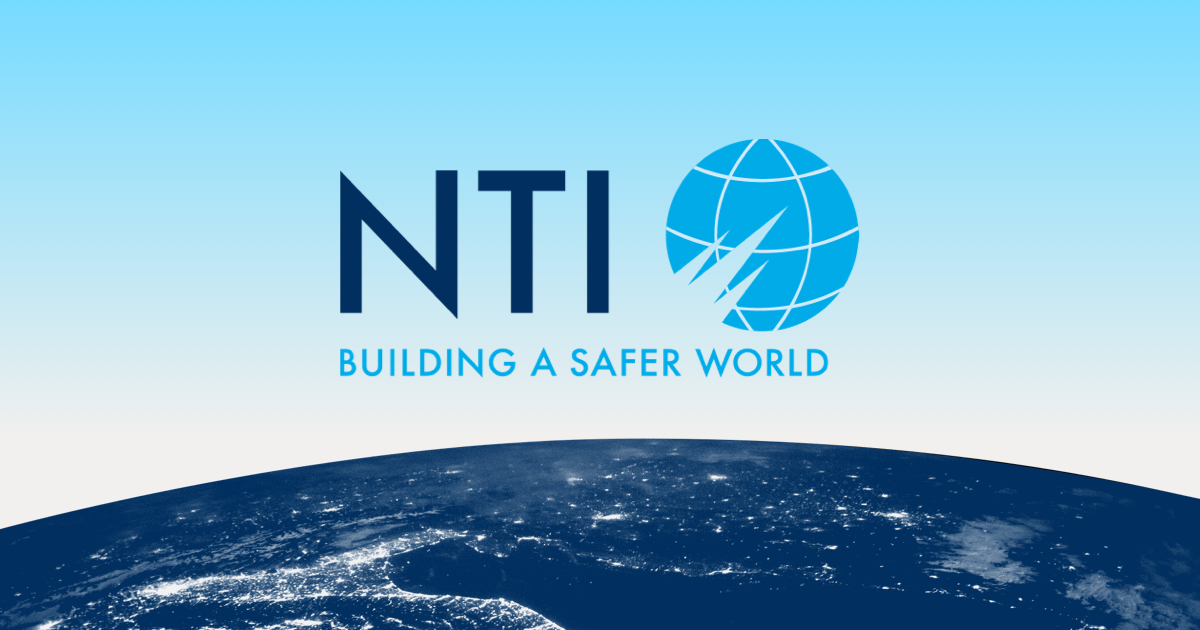


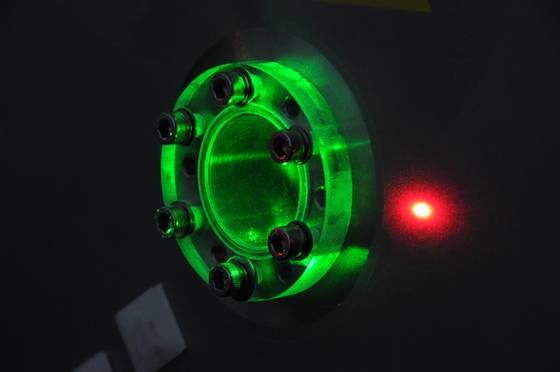

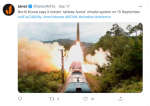
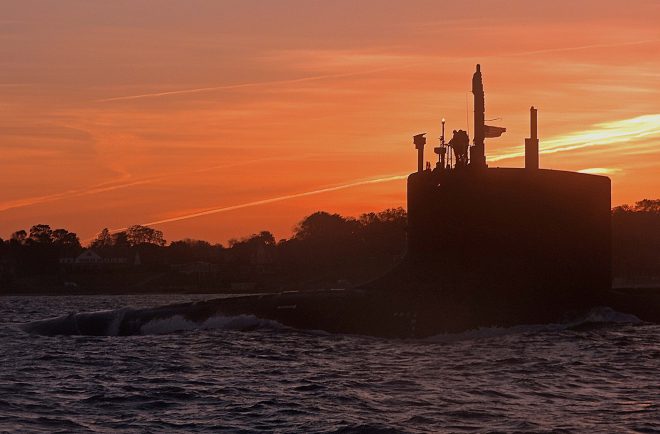
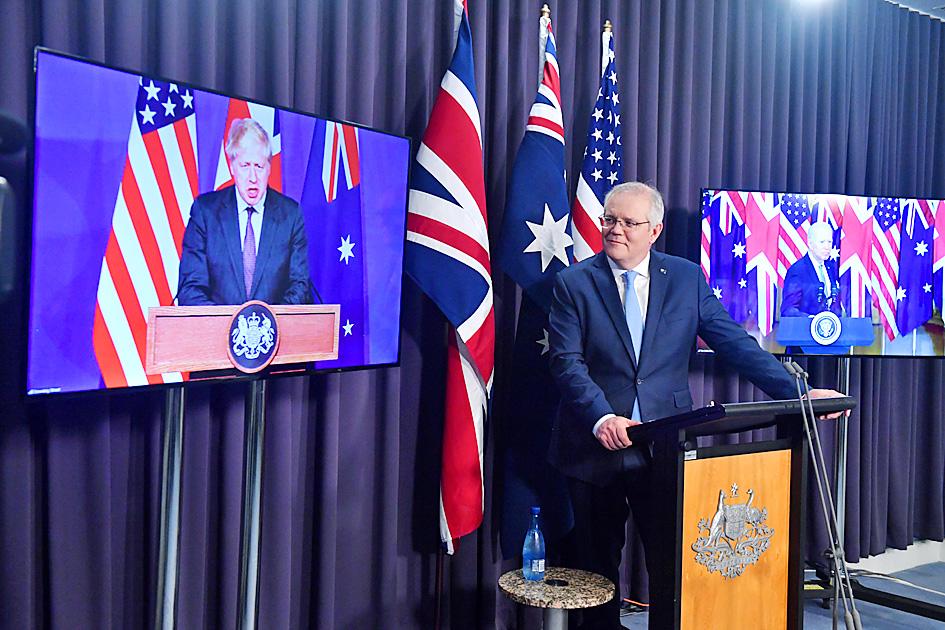



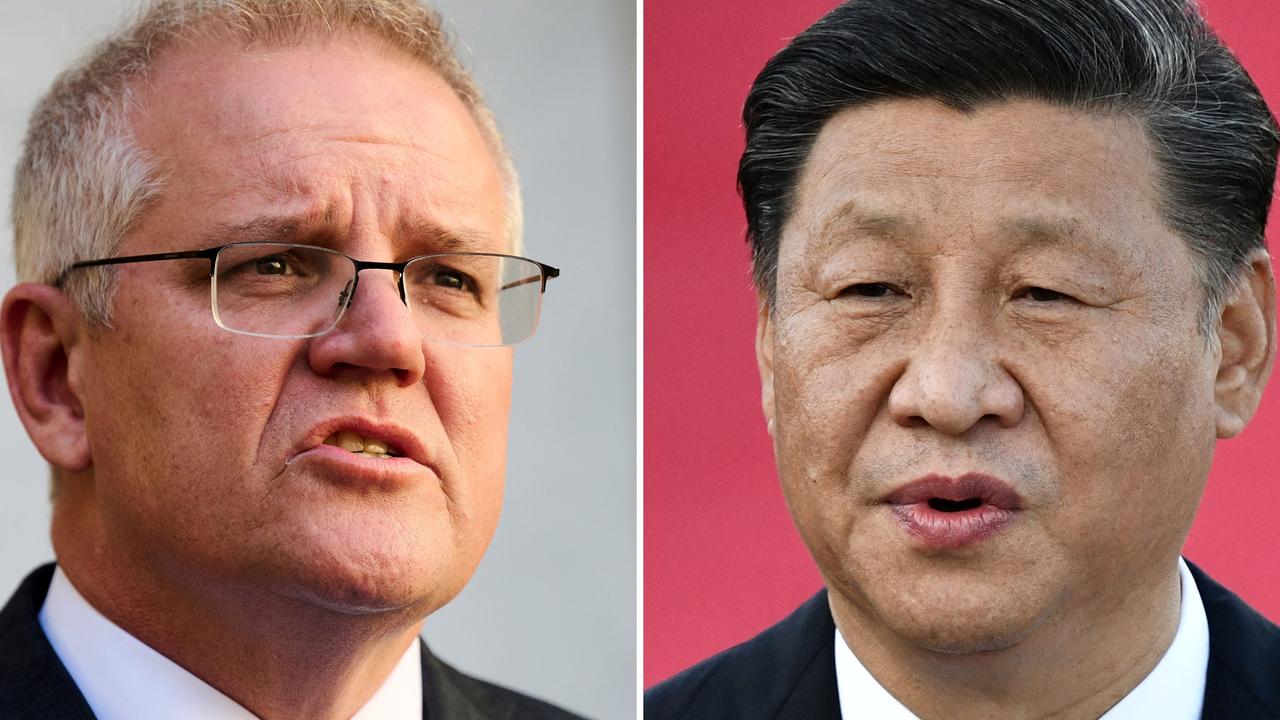


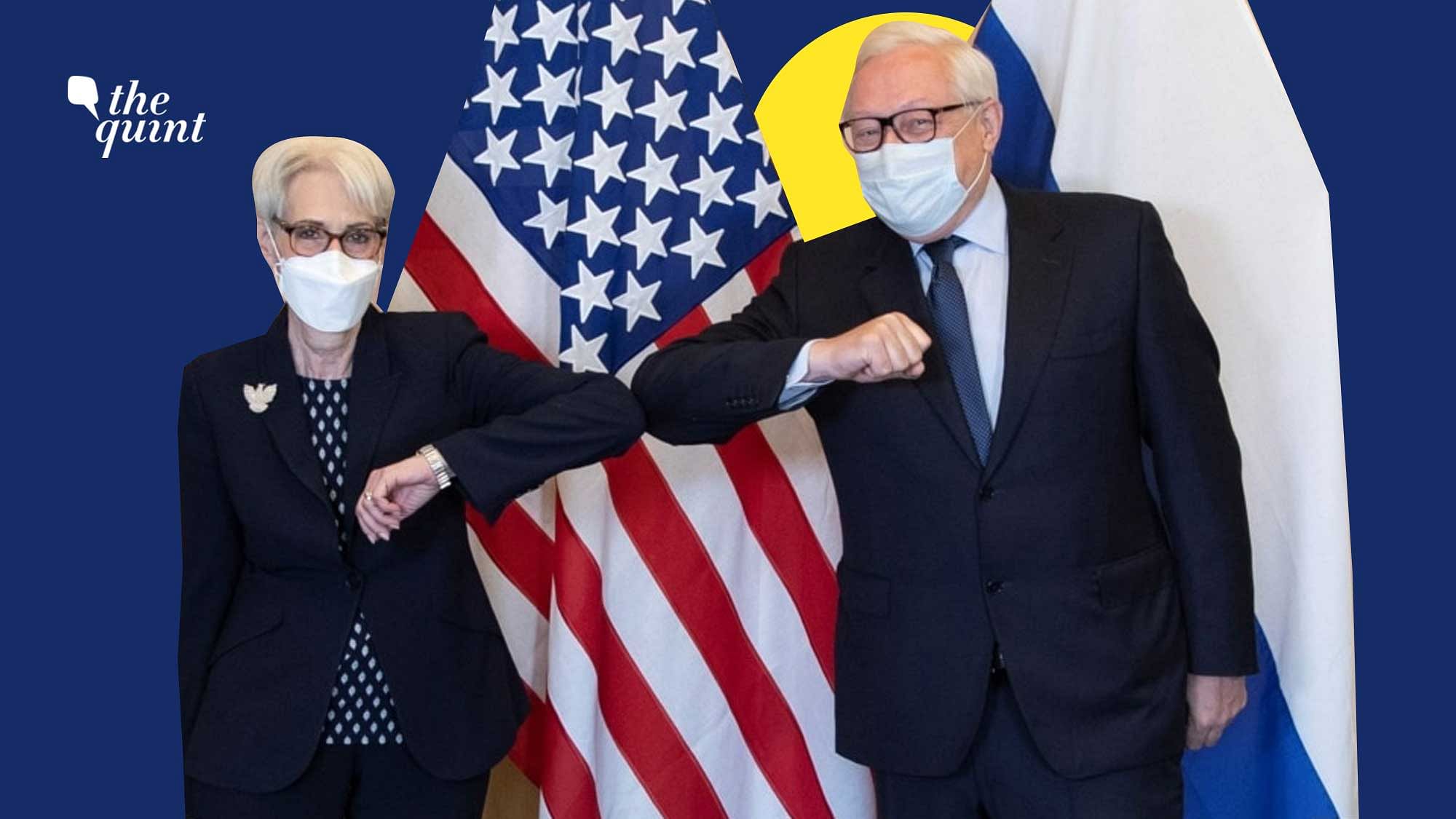
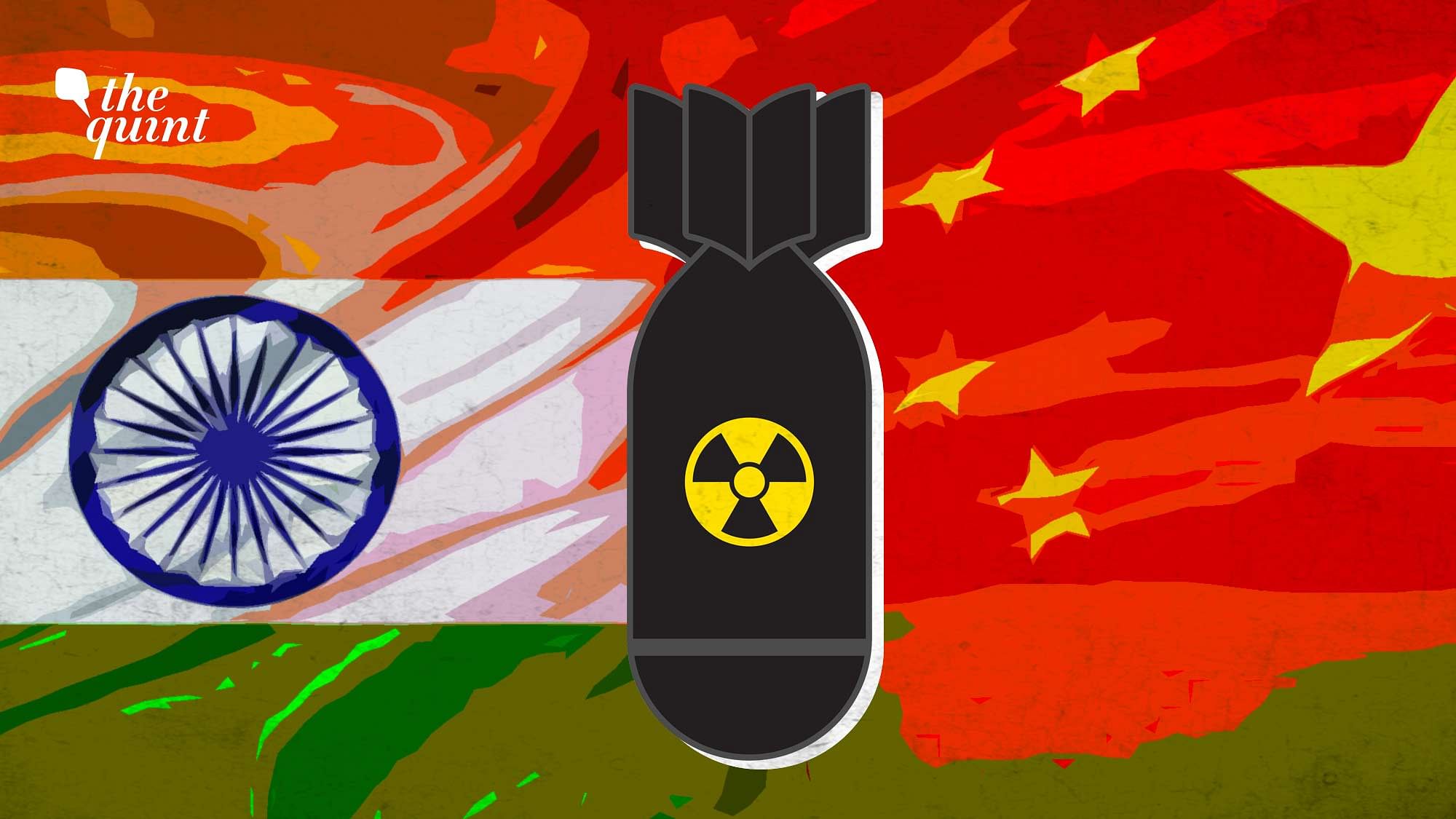


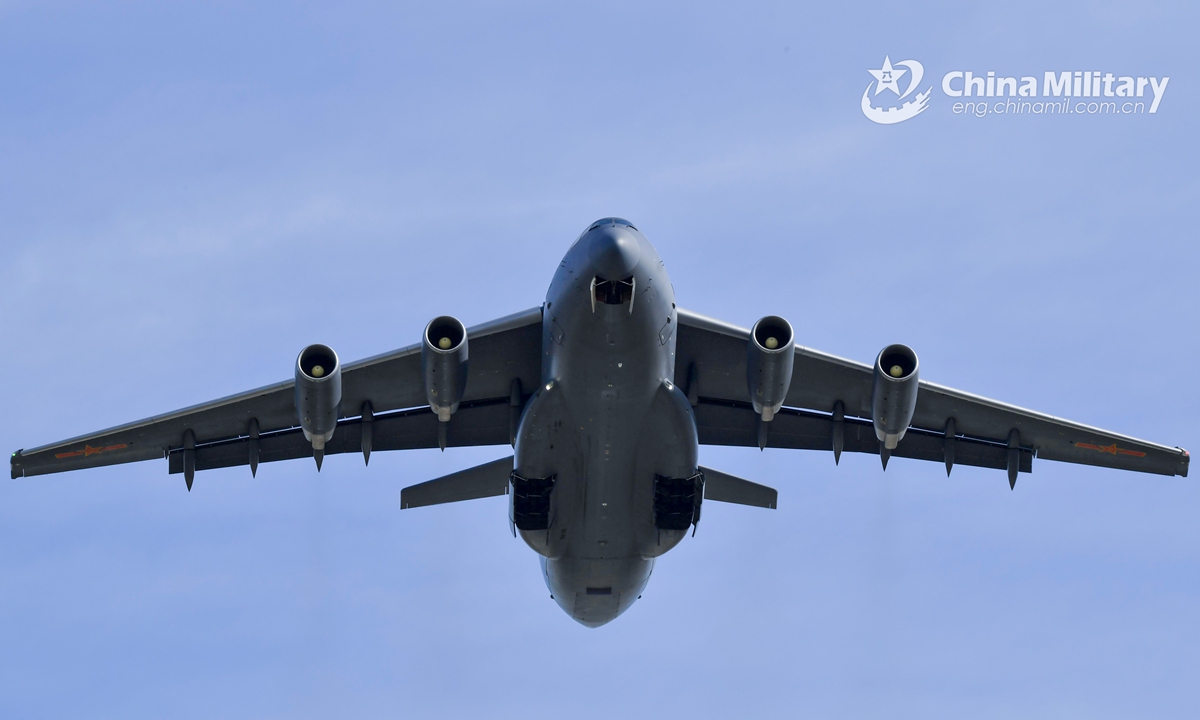
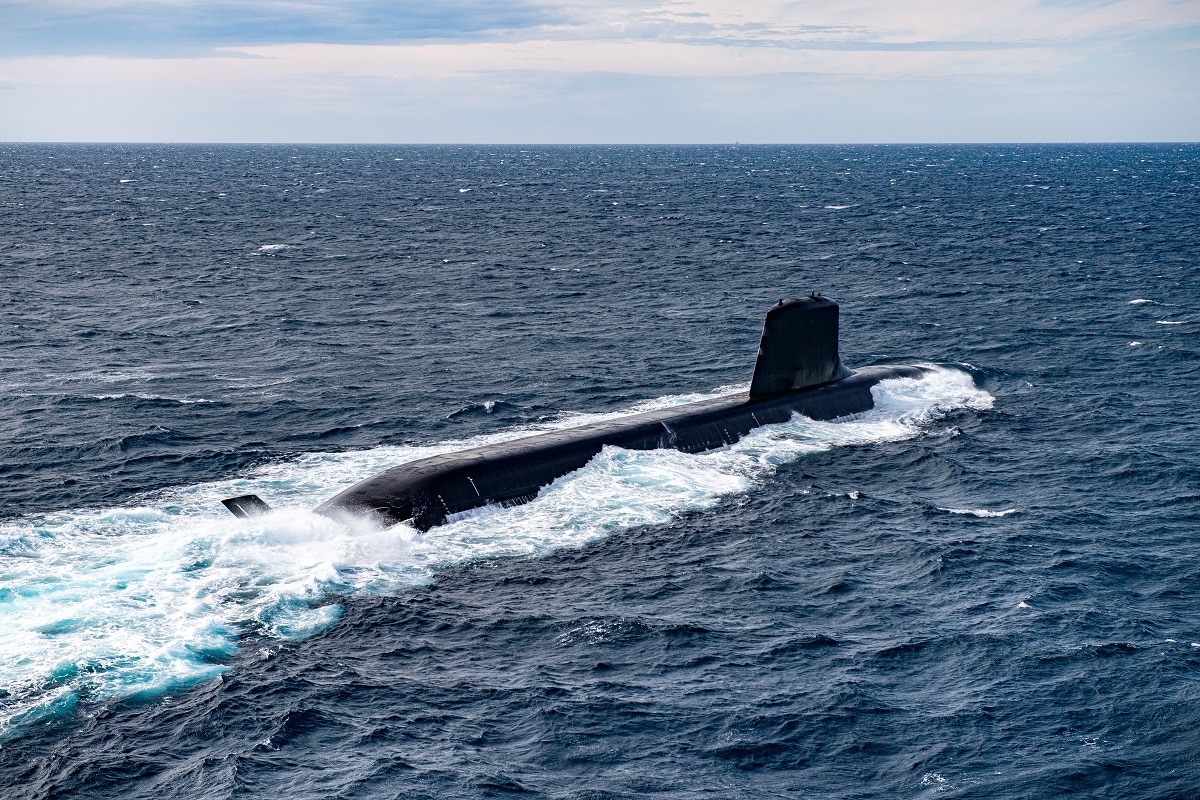


/cloudfront-us-east-2.images.arcpublishing.com/reuters/MSEEE3OOW5NOVCBNXESJF5N4OA.jpg)

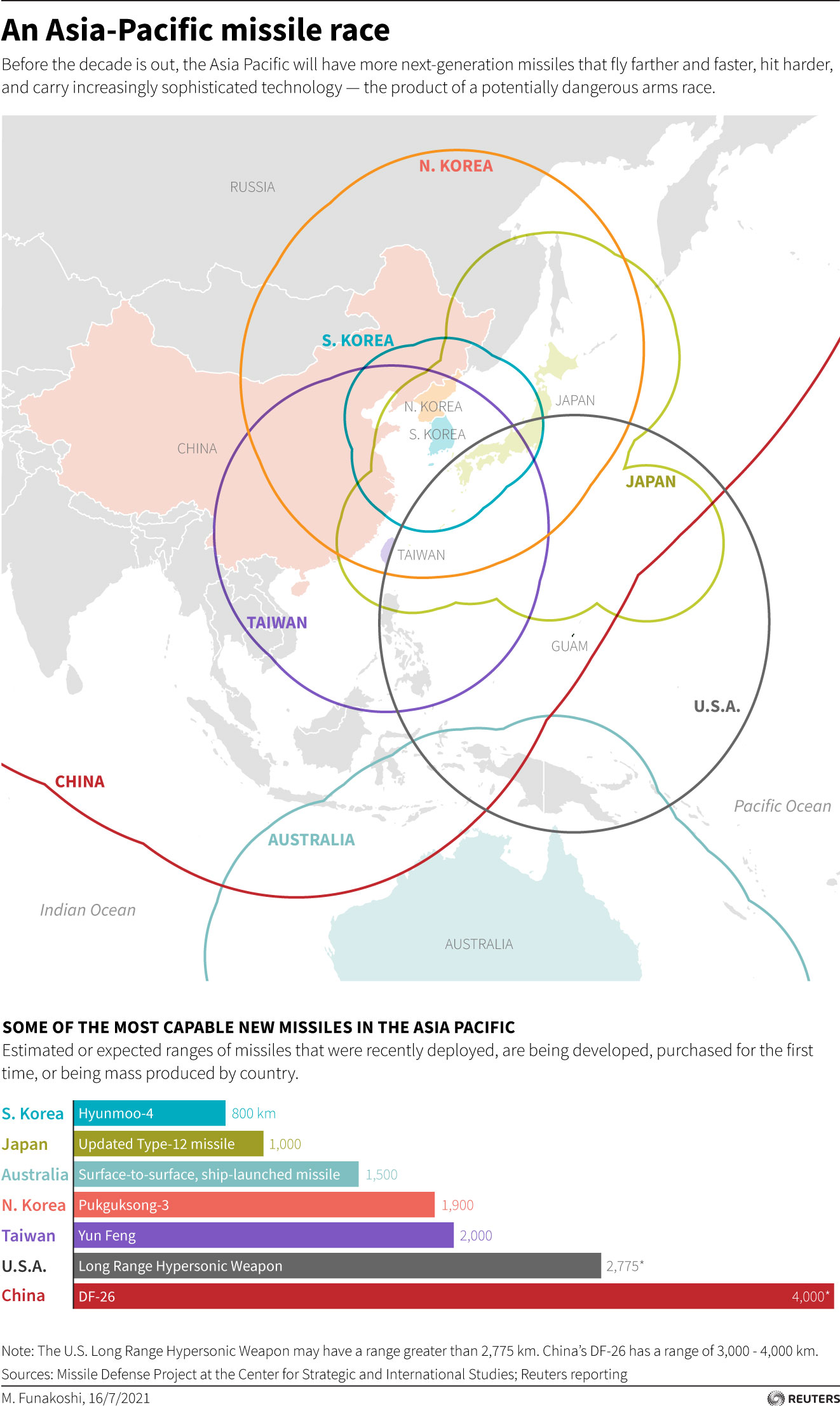
/cloudfront-us-east-2.images.arcpublishing.com/reuters/3456J7NVVJPSHCLYHEIASBCZ4U.jpg)
/cloudfront-us-east-2.images.arcpublishing.com/reuters/ATR5ARUZKNJ3DNHUDA3U3QPP4U.jpg)
/cloudfront-us-east-2.images.arcpublishing.com/reuters/HABAXT44WRLWLBBG4TW746NAOE.jpg)
/cloudfront-us-east-2.images.arcpublishing.com/reuters/FMQPN24PPBPPHMSW5JVPNIZA5I.jpg)
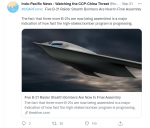

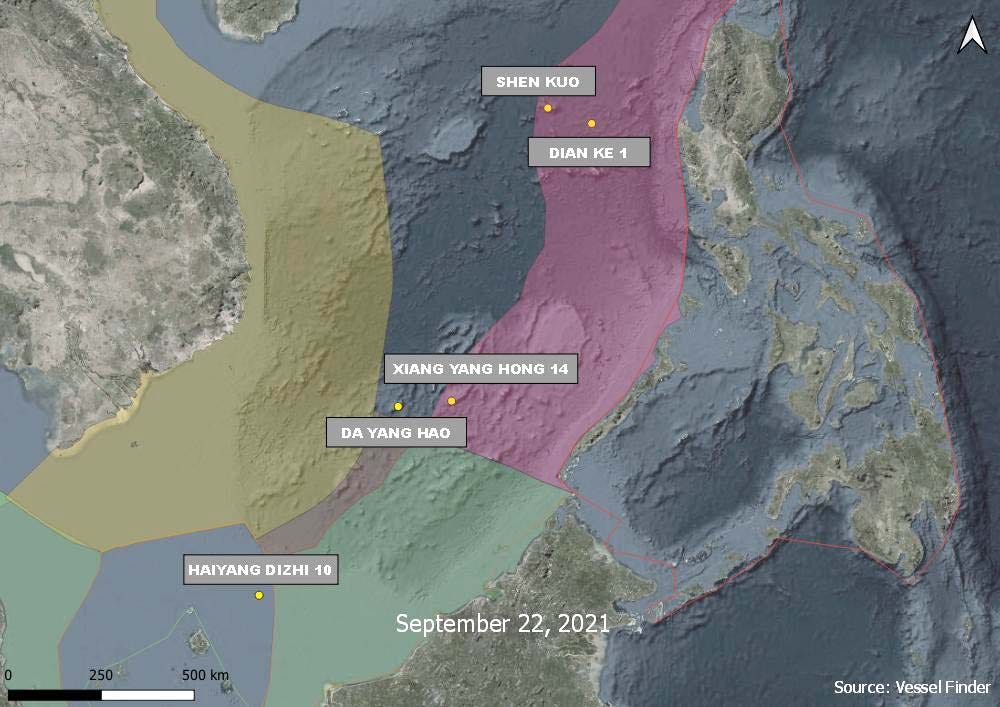

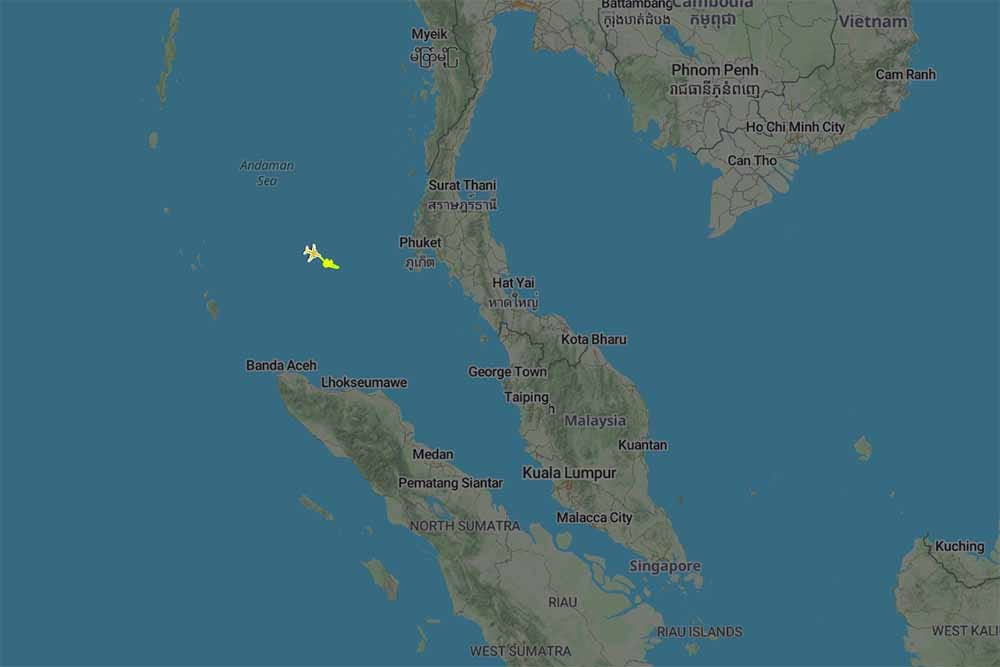

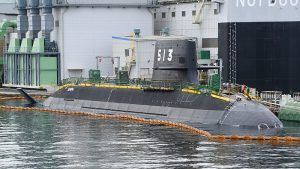

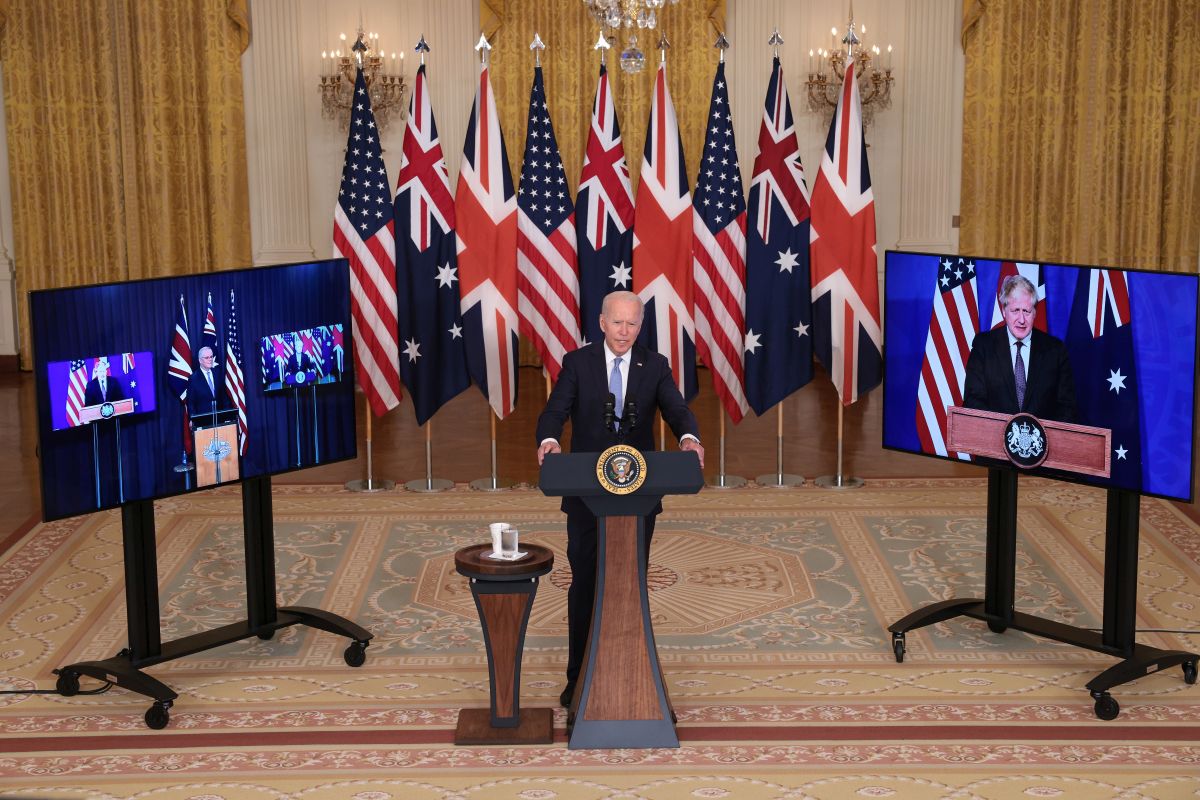


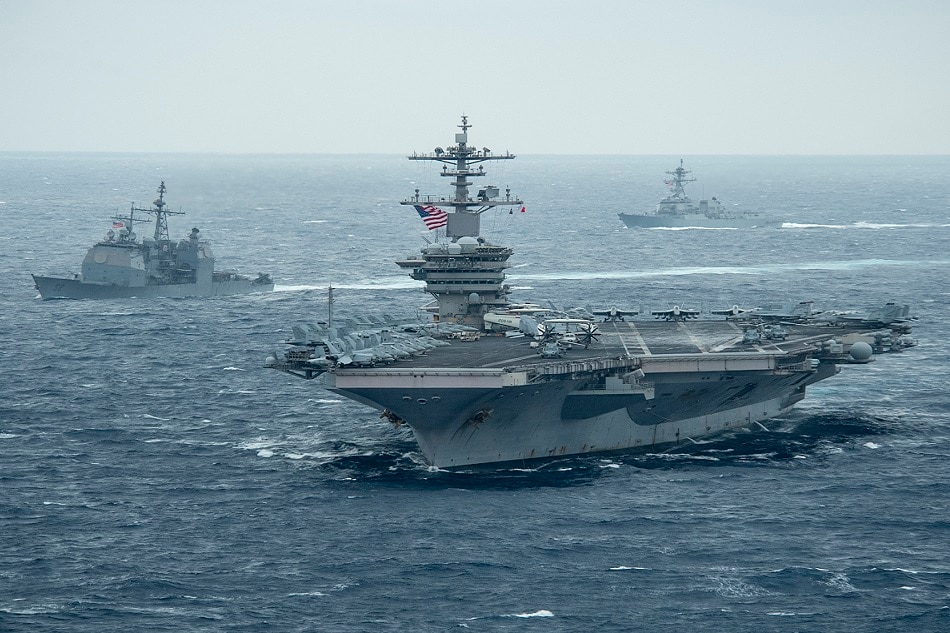

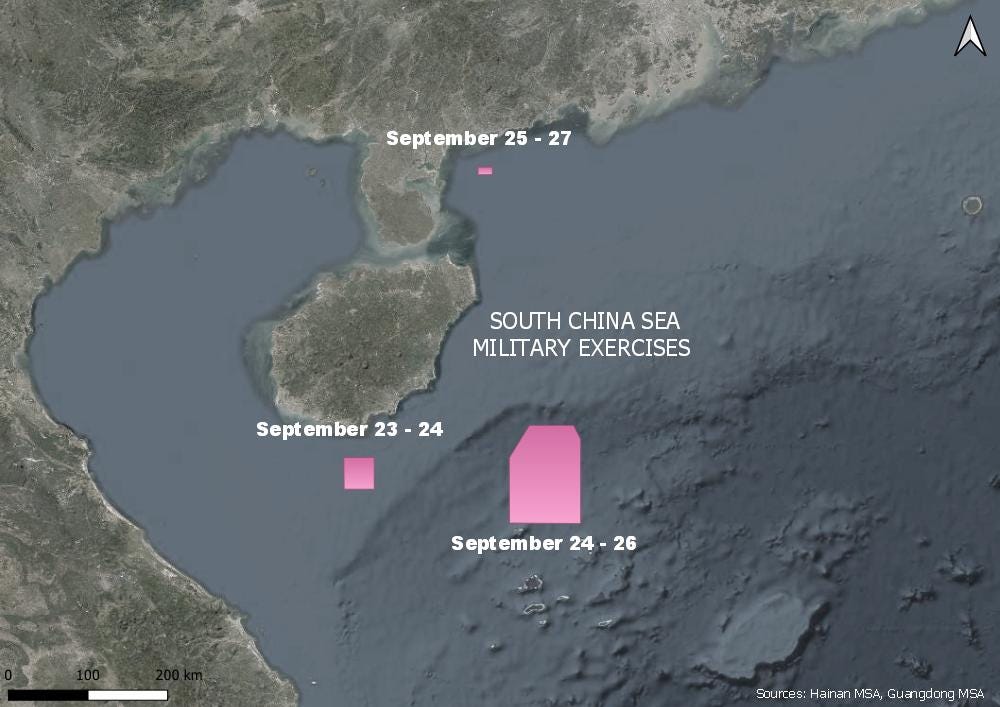

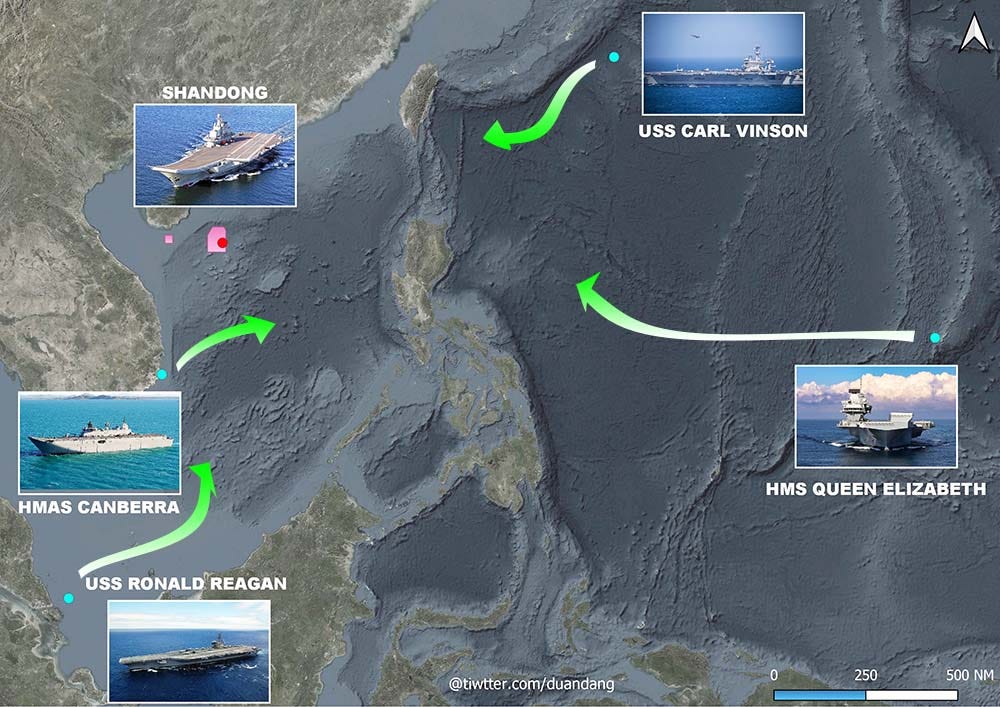
 Alex Vuving @Alex_Vuving
Alex Vuving @Alex_Vuving

